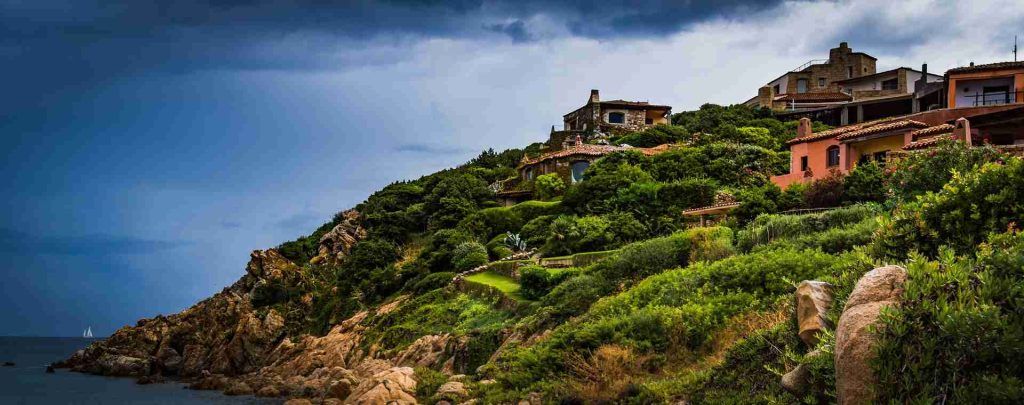Articles
A quick guide to Sardinian wines and pairing
A quick guide to Sardinian wines and pairing
Sardinia is a secluded Italian island in the Mediterranean Sea; its hilly landscape rises sharply to mountainous heights inland offering gorgeous views of the blue sea.
This place has centuries of troubled history: before being an Italian region, it was part of the Spanish empire, and both cultures show in Sardinian food and wine.
When you think of Italian wine, you consider Tuscany, Piedmont, or even Sicily, but Sardinia has a few secrets of its own. To simplify the island’s culinary scene, let break things down into small, one-biters.
White wines with a Mediterranean soul
Although the island makes more reds than whites, its white wines are extraordinary, especially the ones made from Vermentino. 28% of the island’s vineyards are planted with the grape, and for a good reason, the wine’s good!
Vermentino di Gallura is what you’re looking for, the highest quality white wines of Sardinia. The grapes come from the northern part of the island, from almost 3,000 acres of vines that ripen the grapes beautifully every year.
Vermentino di Sardegna is the term for more common, but still excellent wines made all around the island. Expect a refreshing acidity, citrus peel and peach aromas and lovely minerality.
Sardinian reds, a well-kept secret
Remember this one: Cannonau. The name might be unfamiliar, but it’s just the Sardinian name for Grenache, the thin-skinned red grape of grippy acidity and soft medium tannins that make the base of some of the best Italian, French and Spanish wines.
The name you’re looking for is Cannonau di Sardegna, so keep an eye for it — Quartomoro is a standout family winery on the island.
Fortified red wines, both dry and sweet, exist in the inland and can be identified the word liquoroso. Passito wines, made with dried fruit, are some of the liveliest sweet wines of the Mediterranean basin.
There are few Cariñena and Cabernet Sauvignon wines too, and they make good-quality wines. Blends are uncommon but exist and round up the diverse red wine category of the island.
Then there’s the food
The final piece of the puzzle is the island’s food.
Fregola is small Sardinian pasta that, with seafood, makes a wonderful pairing for Vermentino. The island’s suckling pig is beyond compare, and with a glass of Cannonau, it’s glorious. Seafood, pastries, cheese, Sardinian food is reason enough to take the five-hour ferry from inland Italy.
Sardinia is isolated, trapped in time, in a good way.
Life here is slow; food and wine are made with great care and have become a thing of legend. To enjoy Sardinia’s best produce, you have to go to the source; you have to visit the island, talk to the people, and share their table.
Sometimes the best things in life go unnoticed; you have to look for them as if lost at sea. Sometimes, you have to reach out to try the simplest pleasures, and Sardinia has plenty of those.
